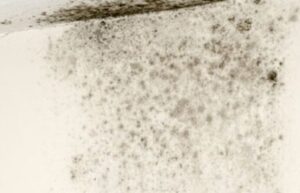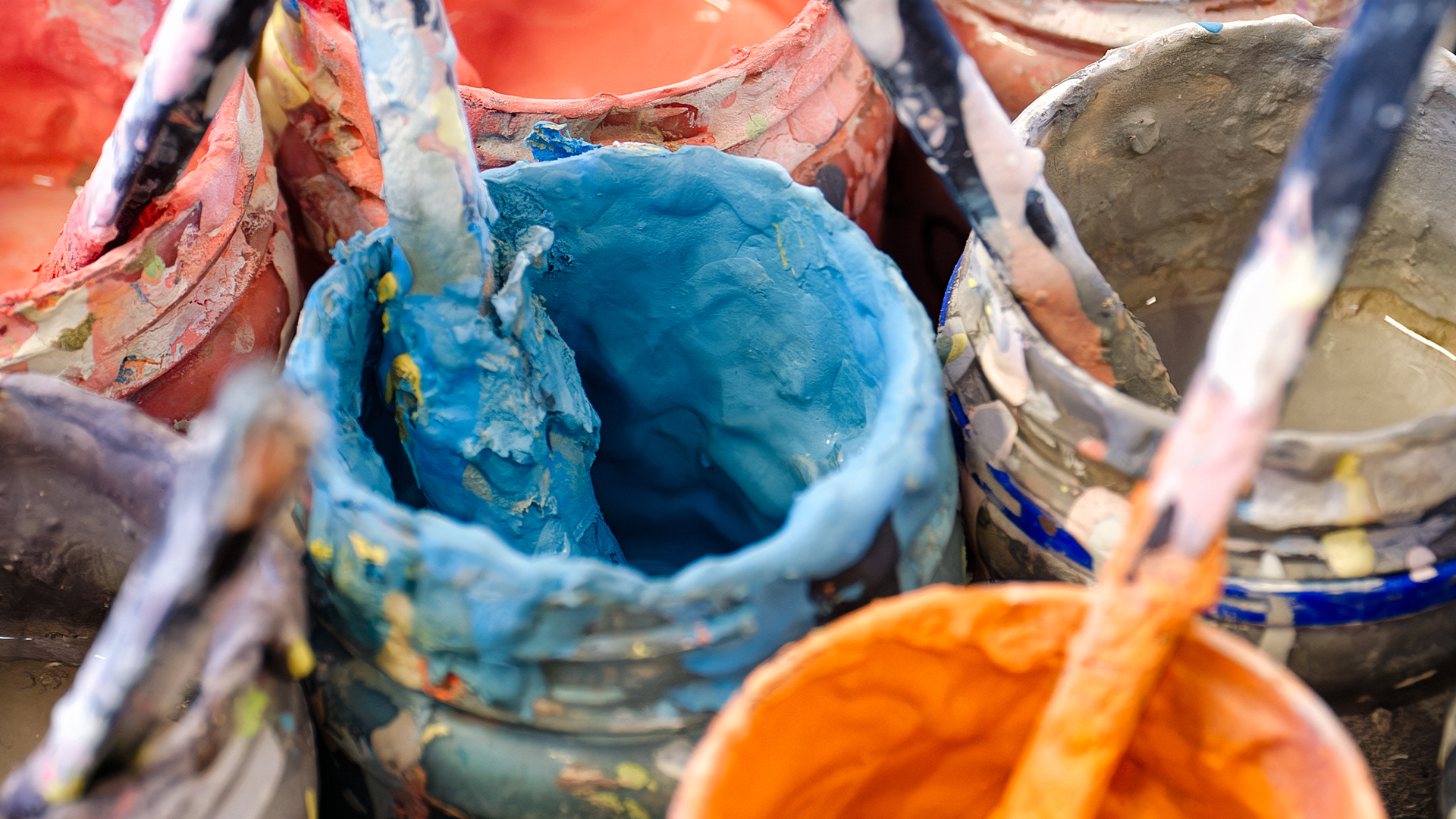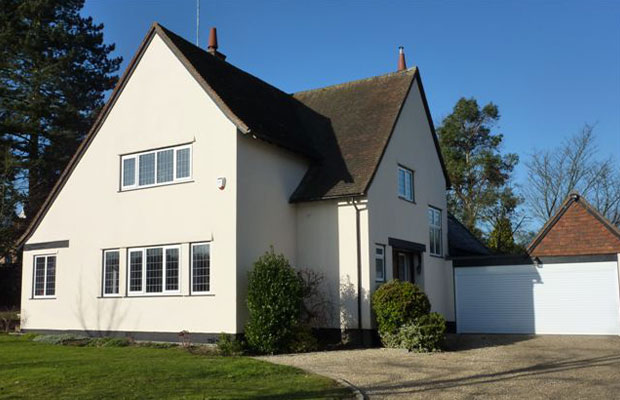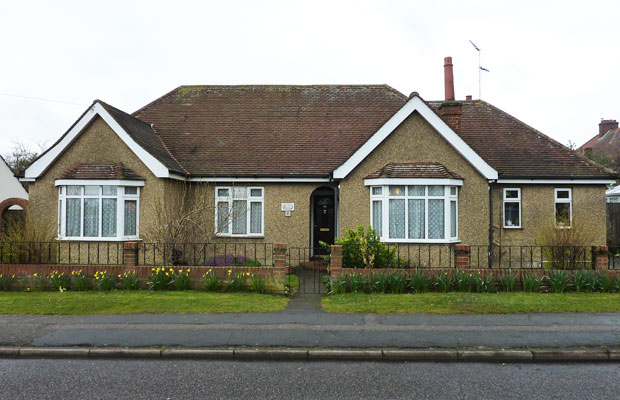Penetrating dampness is a common problem faced by many homeowners. It is a type of moisture that seeps into the walls, floors, and roofs of a building, causing damage to the structure and creating an unhealthy living environment.
If left untreated, it can lead to significant problems and require costly repairs. In this article, we will explore what penetrating dampness is, why it’s important to fix it, and how it can be done.
Definition of Penetrating Damp
Penetrating dampness refers to moisture that enters a building from external sources, such as rain or snow, and penetrates into the interior through cracks or gaps in the walls, roofs, or floors. The moisture can cause damage to the building structure, and create an unhealthy living environment.
Importance of Fixing Penetrating Damp
Penetrating dampness can lead to a range of problems, including mould growth, rot, and structural damage. It can also cause discomfort and health problems for those living in the affected building. Fixing penetrating dampness is crucial to prevent further damage to the building and maintain a healthy living environment.
In this article, we will explore what penetrating damp is, the causes and symptoms of the problem, and how to fix it. We will also cover preventive measures to help keep your home free from penetrating dampness.
Whether you’re a homeowner or a property manager, this article will provide valuable information on how to identify and address the problem effectively.
Causes of Penetrating Damp
Penetrating dampness is caused by a variety of factors, including damaged roof tiles or gutters, poor ventilation, and poor construction practices. Penetrating damp has a number of frequent causes, including:
- Damaged or missing roof tiles or gutters
- Cracks in walls or floors
- Improper ventilation
- Poor construction practices, such as not installing a damp-proof course
- Proximity to sources of moisture, such as a river or ocean
Symptoms of Penetrating Damp
The symptoms of penetrating dampness can vary depending on the severity of the problem, but some common signs include:
- Mould growth on walls, ceilings, or floors
- Peeling paint or wallpaper
- Rotting timber
- Damp or musty odour
- Stains on walls or ceilings
Different Types of Penetrating Damp
There are several types of penetrating damp, including:
- Rain Penetration: This type of penetrating dampness is caused by water entering the building through damaged roof tiles or gutters.
- Ground Penetration: This type of penetrating damp is caused by water entering the building through the walls or floor.
- Rising Damp: This type of penetrating damp occurs when ground moisture rises up through the walls of a building.
- Condensation Damp: This type of penetrating damp occurs when moisture from the air condenses on cold surfaces, such as windows or walls.
It’s important to identify the type of penetrating damp you’re dealing with so you can determine the best course of action to fix the problem.
Understanding the causes and symptoms of penetrating dampness is the first step towards addressing the issue and ensuring a healthy, comfortable living environment.
How to fix penetrating damp?
- DIY Solutions
If you’re handy and have some basic home improvement skills, there are a number of DIY solutions to fixing penetrating dampness. These include:
- Repairing Damaged Roof Tiles or Gutters: One of the most common causes of penetrating dampness is damaged roof tiles or gutters. To fix this issue, you can repair or replace any damaged or missing tiles or gutters.
- Applying a Waterproof Coating: If you have minor cracks or gaps in your walls or floors, you can apply a waterproof coating to prevent moisture from entering. This is an affordable and easy solution, but it may not be effective for more serious penetrating damp problems.
- Installing a Damp-Proof Course: If you’re dealing with rising dampness, you can install a damp-proof course to prevent ground moisture from entering the building. This is a more complex DIY solution and may require professional assistance.
- Professional Solutions
If you’re dealing with a serious penetrating damp issue, it’s best to seek the help of a professional. Professional solutions to fixing penetrating dampness include:
- Replacing Damaged Roof Tiles or Gutters: If your roof tiles or gutters are severely damaged, a professional may recommend replacing them.
- Installing a Damp-Proof Membrane: A professional can install a damp-proof membrane to prevent moisture from entering the building. This is a more effective solution than a waterproof coating and is ideal for serious penetrating damp problems.
- Replacing Damaged Walls or Floors: If the penetrating damp has caused significant damage to your walls or floors, a professional may recommend replacing them. This is a more involved solution, but it will ensure that your home is free from penetrating dampness.
It’s important to address penetrating dampness as soon as possible to prevent further damage to your home and maintain a healthy living environment.
Whether you choose to fix the problem yourself or seek professional assistance, there are solutions available to help you effectively address the issue.
Prevention of penetrating damp
Maintenance Tips for Roof Tiles and Gutters
One of the most effective ways to prevent penetrating dampness is by maintaining your roof tiles and gutters. This includes:
- Regularly inspect and clean your gutters to prevent clogging.
- Replacing damaged or missing roof tiles or gutters as soon as possible.
- Regularly check the flashing around chimneys and skylights to prevent water from entering the building.
Proper Ventilation
Proper ventilation is crucial in preventing penetrating dampness. This includes:
- Installing vents in areas prone to moisture buildups, such as the bathroom or kitchen.
- Using exhaust fans to remove moisture from the air.
- Opening windows to allow fresh air to circulate and reduce moisture buildup.
Choosing the Right Materials for Construction
Choosing the right materials for construction can also help prevent penetrating dampness. This includes:
- Installing a damp-proof course during construction to prevent ground moisture from entering the building.
- Choosing materials that are resistant to moisture and decay, such as treated timber or waterproof coatings.
- Properly sealing cracks and gaps in walls and floors to prevent moisture from entering the building.
Conclusion
Penetrating dampness can be a serious problem that can cause damage to your home and negatively impact your health. Whether you choose to fix the problem yourself or seek professional assistance, there are solutions available to help you effectively address the issue. Regular maintenance and proper planning can also help prevent penetrating dampness from occurring in the first place.











